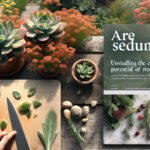Introduction to Sedums
Welcome to the verdant world of sedums, those hardy, low-maintenance perennials that have ensconced themselves in gardeners’ hearts everywhere! Known for their diverse species, sedums can range from ground-hugging stonecrops to towering sedum spectabile, all of which have become a staple in rockeries, borders, and container gardens alike.
But why are sedums so popular, you ask? Imagine a plant that thrives on neglect, laughs in the face of drought, and adorns itself with star-shaped blooms—an absolute dream for any busy or forgetful gardener! Not only do they claim fame for their drought resilience, but as nature’s hardy adventurers, some sedums have an explorative flair, sometimes leading to the question: are sedums invasive?
These eco-friendly trendsetters are not just about looks and convenience, however. Sedums are also praised for their tenacity in stabilizing slopes and enhancing biodiversity. That’s right—it’s not uncommon to see butterflies flitting about sedum flowers, enjoying the nectar buffet on a sunny day. What’s not to love?
Now, as horticultural enthusiasts, we do encounter whispers and concerns about these robust plants spreading their dominion a bit too enthusiastically. It’s worth diving deeper to separate fact from fiction and decide whether sedums deserve the ‘invasive’ label or if they are simply zealous in claiming their patch in the tapestry of our gardens. But let’s not get ahead of ourselves—that’s a tale to blossom further down our garden path.
For those eager to sow their green wisdom further, you may wish to explore some thriving care tips for alpines at home, as this is only the beginning of understanding the enchanting realms of succulent gardening.
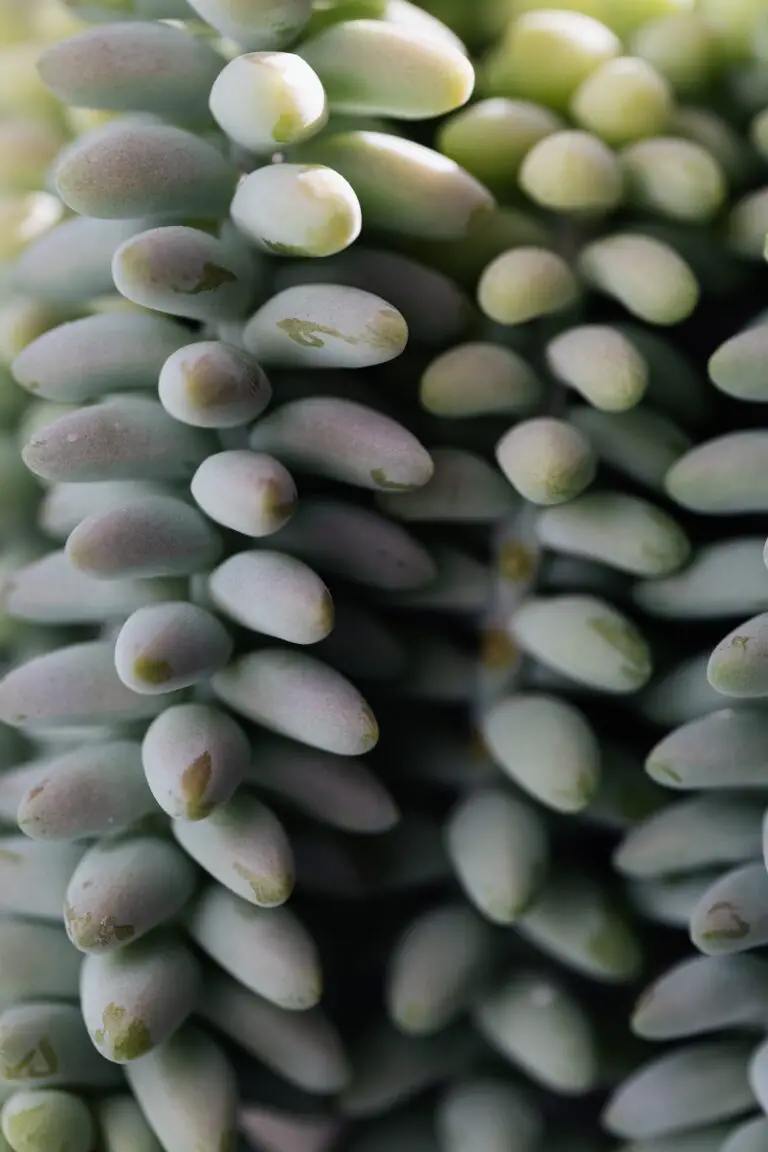
Understanding the Invasiveness of Plants
Let’s unravel the mystery of what makes a plant ‘invasive’ and why it’s a buzzy bugbear in our green havens. When a plant is labeled invasive, picture an uninvited guest who arrives at your garden party, eats all the food, and takes over the dance floor. In ecological terms, an invasive plant is a non-native species that spreads like wildfire, choking out local greenery and throwing a spanner in the works of our ecosystems.
Consider kudzu, an import from Japan known fondly as ‘the vine that ate the South’ in the US. It’s infamous for smothering trees and powerlines with its voracious growth. These invasive species aren’t just botanic bullies—they can fundamentally reshape local habitats, suffocate biodiversity, and disrupt the delicate balance nature has choreographed over millennia. It’s more than just a garden aesthetics issue—it’s a full-scale ecological melee!
Invasive plants slink their way into new territories through various vectors, such as garden enthusiasts who unwittingly plant them or through the globalization of trade. Once they get their roots down, they often lack natural predators or diseases that would normally keep them in check in their homeland. The result? A botanical bonanza that leaves little room for native flora and fauna. To see the impact in action, check out this enlightening video on invasive species ravaging our urban ecosystems.
While sedums themselves generally aren’t public enemy number one in the plant world, understanding the domino effect caused by invasive species helps gardeners make conscious choices. If you’re interested in fostering a harmonious garden ecosystem, you’ll want to check out our tips on cultivating charms in your garden with Houseleek Sempervivum Tectorum, another resilient, yet non-invasive, succulent.
So, next time you spot a sedum or any other new green friend at your local nursery, you’ll be armed with the know-how to determine if it’s an ecological ally or a verdant villain planning to take over your slice of paradise. Knowing the difference is crucial for protecting our treasured landscapes from falling victim to a verdant invasion. And remember, the best gardens are those that not only bring joy to our senses but also play their part in nurturing Mother Nature’s grand design.
Sedums’ Invasive Properties: Fact vs. Fiction
When it comes to gardening, the word ‘invasive’ can strike fear in the heartiest of green thumbs. But is the reputation that sedums have earned as garden bullies really deserved? Let’s delve into the truth behind the myths and discover what the experts have to say about these resilient plants.
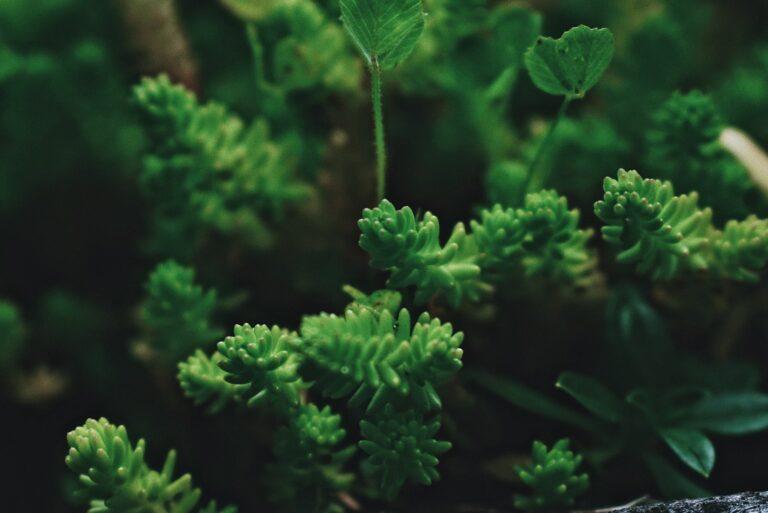
Common folklore often paints sedums as botanical invaders, spreading their fleshy leaves and vibrant flowers with abandon. Yet, in reality, the vast majority of sedum species coexist peacefully with their botanical neighbors. They are more like friendly neighbors than overbearing foes. For instance, consider your typical backyard garden where sedums provide ground cover, preventing soil erosion without encroaching on the territory of other plants.
Scientific studies on sedum species, such as those commonly found in rock gardens and green roofs, highlight their well-behaved nature. These studies show that while sedums are hardy and easily proliferate in harsh conditions, they rarely outcompete local flora when proper garden maintenance tips are followed. It’s often poor garden management, not the assertiveness of sedums, that leads to any perceived invasiveness.
Experts on sustainable gardening have observed that sedums can be advantageous companions in garden spaces. Their drought-resistant capabilities make them ideal candidates for xeriscaping – a technique for conserving water through creative landscaping. Sedums’ extensive root systems can actually help other nearby plants by trapping moisture and nutrients in the soil.
So, are sedums invasive? It seems that this reputation is largely fictional. Like any plant, when sedums are introduced to environments they’re not native to or are left unchecked, there’s a potential for issues. However, with responsible gardening practices, sedums are more likely to enhance your garden than overpower it. As we continue to inspect our gardens, let’s do so with a critical eye, not just toward our plants but also toward the myths that may misguide us.
Regional Differences in Sedum Behavior
It’s a fine line between a flourishing garden and a floral invasion. When it comes to sedums, also known as stonecrops, this line can vary greatly depending on where you drop your trowel. Some gardener friends north of the equator might sing praises of sedums, glorifying their easy-going nature. While others, a few degrees south, might be plucking them out furiously, as these steadfast growers insist on conquering every patch of soil.
Now, let’s take a climate-tour to see how sedums behave differently across the map. In temperate zones, you’ll often find sedums acting like perfect garden citizens – mingling well with other plants and keeping their growth in check. Wander into a Mediterranean environment, however, with its hot, dry summers, and you might see sedums throwing a garden party without any invite! They spread their succulent leaves and vibrant blooms far and wide, thriving in conditions where others would wither.
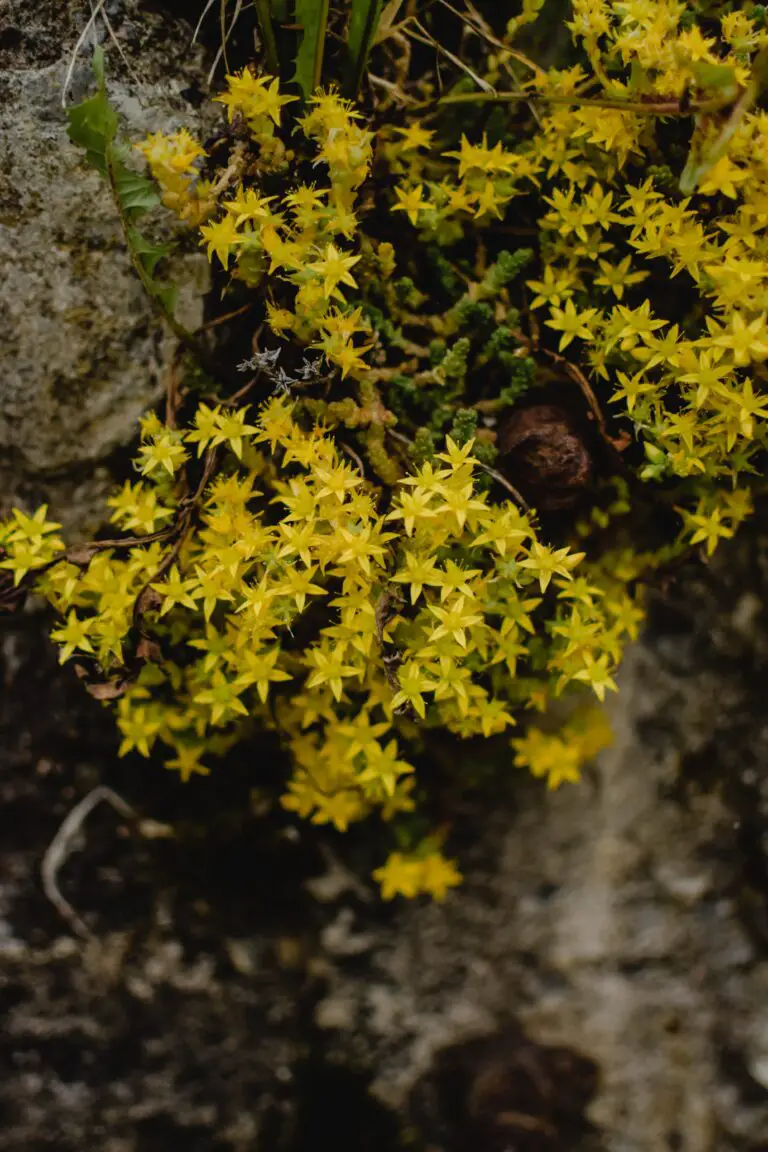
Ecosystems everywhere have their unique balances, and when sedums enter the scene, they can become ecological bullies or integrate seamlessly. Picture the rolling hills of the Pacific Northwest, where local flora have met their match with certain hardy sedum varieties. Here, sedums have the potential to elbow out natives, demanding an interventional pull-back. Yet, over in regions with harsh winters, these robust plants often behave, lying dormant under snow blankets until it’s their time to shine.
Considering bringing sedums into your green haven? Your success might just be written in the stars—or more accurately, the climate charts. Before introducing these charismatic yet characterful plants, ensure you aren’t setting the stage for a garden takeover. A handy reference to determine the right sedum variety for your ecosystem can be found in this planting and care guide. Proper planning and selection will keep your garden beds diverse and your local flora thanking you.
The takeaway? Like most things in life, location is key. Understanding the interaction between sedums, climate, and ecosystems will guide you in keeping your garden both vibrant and kind to its natural neighbors. So, let’s cherish and respect these differences, ensuring our leafy friends enhance, not invade, our cherished garden spaces.
Gardener’s Guide to Sedums
Let’s dive into the green world of sedums — hardy, yet sometimes misunderstood plants that may have you asking, “are sedums invasive?” Well, like any eager socialite, sedums love to spread the word about their easy-going nature, sometimes a bit too much. But fear not! With the proper know-how, sedums can become the well-mannered guests of your garden gala, rather than the ones that overstay their welcome.
Picture this: You’ve got a variety of sedums practically unfurling a welcome mat across your rock garden. They’re low maintenance, eager to please, even tolerant of that forgetful watering schedule we’ve all been guilty of. But then, you blink, and suddenly they’re sending out feelers faster than gossip in a small town. The key? An ounce of prevention is worth a pound of cure. Or in this case, a bit of garden savviness is worth a yard of beauty.
Planting sedums is a bit like planning a dinner party. You want your guests — the sedums — to have room to flourish but not so much that they take over the dining table. Start with well-draining soil with a hint of acidity or neutral pH, and they’ll be happy as clams at high tide. And sun? Sedums soak it up like socialites at a sun-kissed beach — pick a bright spot for these succulent beauties. If your green thumb is itching for more in-depth guidance, take a peek at Better Homes & Gardens, where you can delve into a treasure trove of sedum specifics.
Maintenance is where you set the ground rules. Exhibit A: the Chelsea chop (no, it’s not the latest dance move). Around late May or early June, give your sedums a gentle snip to encourage bushier growth and avoid them slumping over like a snoozing guest after one too many glasses of Cabernet. Think of it as polite party ettiquette for plants.
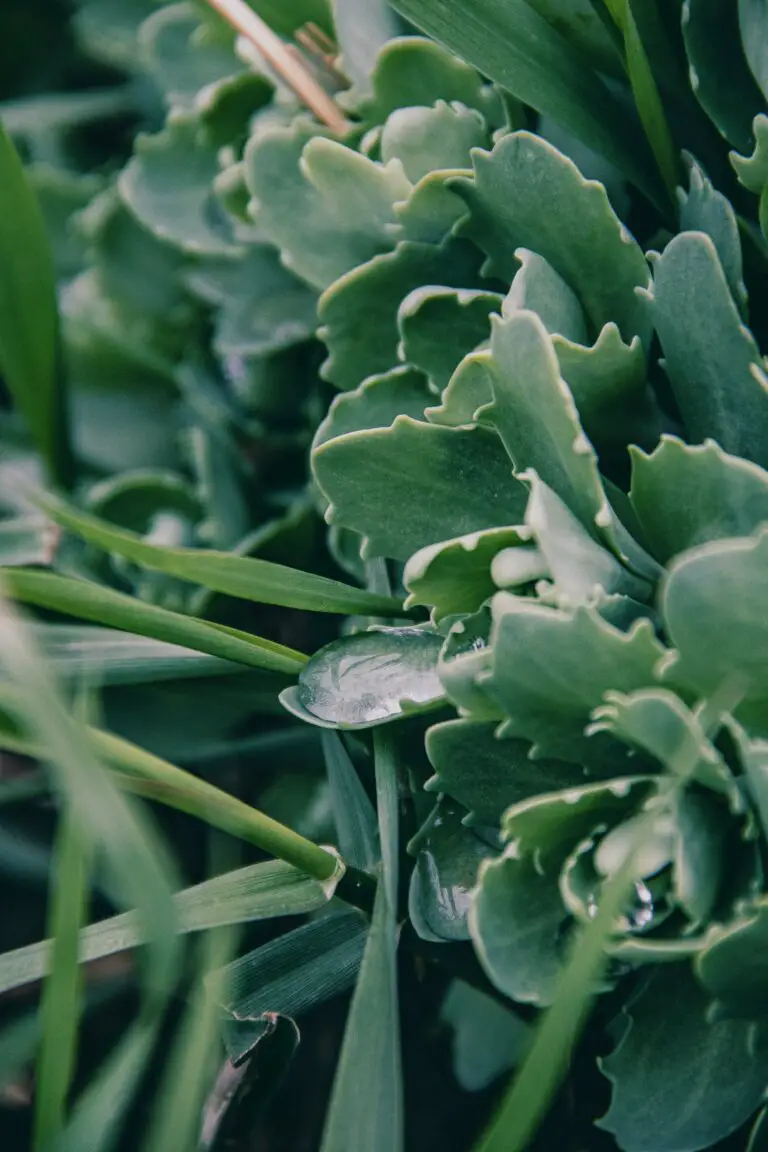
Trimming isn’t just about controlling their spread; it’s your ticket to more sedums. Those snippets you just chopped? They’re like the party favors that keep on giving. Propagate them, plant them, and watch your sedums grow into a respectful, not ruthless, crowd. Plus, it’s the kind of green recycling that will make your eco-conscious heart skip a beat.
In summary, with a dab of forethought and a sprinkle of care, your sedums can coexist harmoniously in your space — no myths, just lush, manageable growth. By following these tips, you can ensure your sedums are well-behaved additions to your garden, providing beauty without the beastly takeover. So arm yourself with knowledge, and you’ll be the most savvy sedum charmer on the block!
Managing Sedums in Your Garden
Cultivating a balanced garden can often feel like orchestrating a symphony – every plant has its part to play, and each one needs to be in the right spot for the melody to flow harmoniously. And then there’s sedum, a plant that sometimes seems like it’s vying to be both the soloist and the conductor! If you’ve found yourself grappling with sedum’s assertive growth, let’s tune into some time-tested techniques to keep your garden’s equilibrium pitch-perfect.
Striking a Balance with Companion Planting
Imagine you’re walking down a garden path and you come across a duet between sedum and its partner plants – it’s companion planting at its finest. Partner sedums with tall, perennial grasses which act like a natural trellis, discouraging them from sprawling too enthusiastically. Besides, the vertical accent of the grasses complements the ground-hugging sedum magnificently. Or try teaming them with lavenders whose tough love (read: competitive roots) can check sedum’s spread, all the while offering a contrasting texture and a riot of color.
Have you considered the act of pairing sedum with bold, broad-leaved plants such as hostas or rhubarb? This not only curbs the sedum spread but injects a visual thrill into the garden tableau. It’s like pitting a pianist against a drummer – each keeps the other in check, creating a splendid rhythm that captivates every onlooker.
Design and Intervention
Let’s talk landscaping strategy. Picture sedums as your garden’s vigorous front-line infantry, but without a strategy, they might just overrun the territory. Carve out distinct sections with edging materials like metal strips or buried barriers – think of it as setting up a garden map that tells sedum, “This far and no further!”
Prolific as they are, sedums can grow a bit too cozy if left unchecked. The solution? Intervene with purposeful thinning. It’s as direct as it sounds – periodically play the role of an artful pruner by trimming back sedum shoots before they transform from charming guests to domineering squatters. This tactic is akin to tending a bonsai; you’re guiding the sedum’s shape and ensuring it complements the garden’s design – not competes with it.
Now that we’ve talked strategy, how about a visual aid? Check out this video for insights into effectively controlling sedum’s spirited growth:
Rounding off with the right mulch can also go a long way. A thoughtful layer of mulch maintains soil moisture and temperature, and it can also act as a physical barrier to sedum’s wandering tendencies. Over time, mulch breaks down to enrich the soil – a gift that keeps on giving!
So, with strategic companion planting, conscientious design, and timely intervention, you’ll harmonize your garden space and keep the sedum section from grabbing the spotlight. It’s all about setting the stage for a performance where every plant plays its part to perfection, and the garden as a whole benefits from the symphony!
Sedums and Their Ecological Impact
When strolling through a garden buzzing with life, it’s hard to imagine that such serenity could be disrupted by an unwelcome guest. Yet, this is a possibility some garden enthusiasts face with the introduction of sedums. Known for their hardiness and eye-catching blooms, sedums are a popular choice among gardeners, but could they be a bit too robust for the local environment?
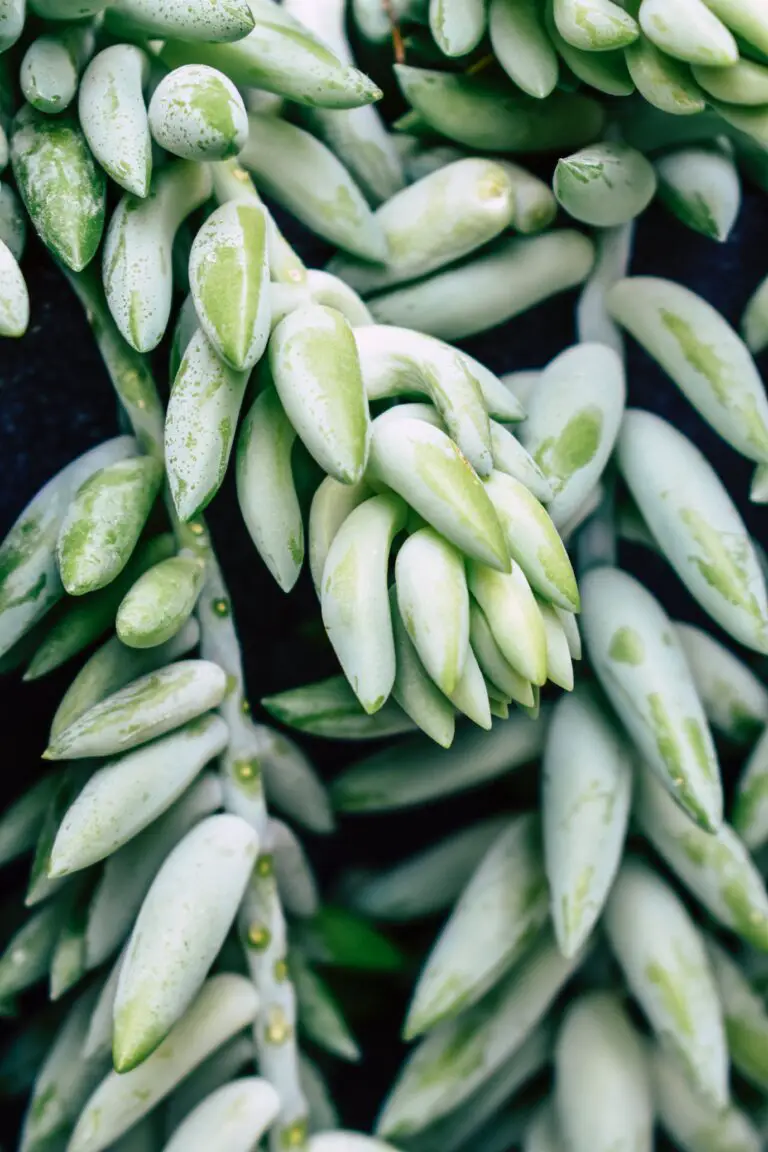
Let’s delve into the world of these succulent plants and examine their role in our ecosystems. Sedums, or stonecrops, as some may call them, offer a mixed bag when it comes to their relationship with local flora and fauna. On one hand, they’re applauded for their drought resistance and ability to thrive in poor soil conditions, making them a savior for those less-fertile areas in gardens. Their varied colors and shapes attract a plethora of pollinators, from bees to butterflies, providing a feast for these vital creatures.
Butterflies: Sedums’ Loyal Companions
Imagine the orange wings of a monarch butterfly, flitting from flower to flower, drawn to the vibrant hues of sedums. This symbiotic dance is a beautiful illustration of how sedums can enhance biodiversity by serving as a nectar buffet for these fluttering pollinators. It’s a living rainbow that not only delights the eyes but also supports the delicate balance of our ecosystems.
Are Sedums Unruly Neighbors to Local Plants?
On the flip side of the coin, it’s worth pondering whether these robust sedums could trample over the modesty of native species. After all, an overly ambitious plant could overshadow its neighbors, hogging sunlight and nutrients, potentially leading to a decrease in indigenous vegetation. Herein lies the concern that sometimes shadows the reputation of sedums: could they possibly overstep their bounds and become invasive?
While certain varieties of sedums have been known to spread eagerly, contributing to their invasive suspicion, it’s not a universal trait. Many species coexist peacefully with native plants, mingling without causing harm. However, vigilance is key in gardening, and keeping an eye on any aggressive spreaders is a must. It’s akin to knowing which guests at a party are likely to overindulge and ensuring they’re given just enough space to enjoy themselves without spoiling the fun for others.
In essence, sedums have the potential to be both an ecological boon and a botanical bully. The trick lies in choosing the right species and managing them properly. Whether they’re a vibrant addition to a garden or a verdant vigilante taking more than their share, understanding and managing the ecological impact of sedums is crucial for maintaining harmony in our green spaces.
Choosing the Right Sedum Variety
When it comes to sedums, not all are created equal. While some varieties can be boisterous and dominate your garden beds, others serenely complement the landscape with their subtle charm. Let’s dispel the myth that all sedums are overbearing and discover the most congenial cultivars for your green space!
Think of sedums like a cast of characters in a play. You’ve got your lead actors—the showy ‘Autumn Joy’ with its robust growth and large, starry flowers; but then there are the supporting roles, like the demure ‘Dragon’s Blood’ with its creeping habit and fiery-red leaves. When you pick the right cast, the result is a harmonious botanical theater.
For example, consider the ‘Cape Blanco’. This silver-leafed gem is akin to a polite guest at a dinner party—enhancing conversations without overtaking them. It spreads slowly, forming a dense carpet that won’t elbow its way into your petunias’ personal space. Similarly, ‘Angelina’ sedum brings a zest of lemon-lime color to your garden palette and plays well with others, its needles mingling gently among neighboring plants without crowding them out.
Let’s not forget the ‘Blue Spruce’ sedum. Resembling the stately conifer, this variety poses as if a miniature evergreen forest took root amidst your garden plot. Creating visual interest with its blue-green foliage, it remains calm and contained, allowing the spotlight to fall on other garden features.
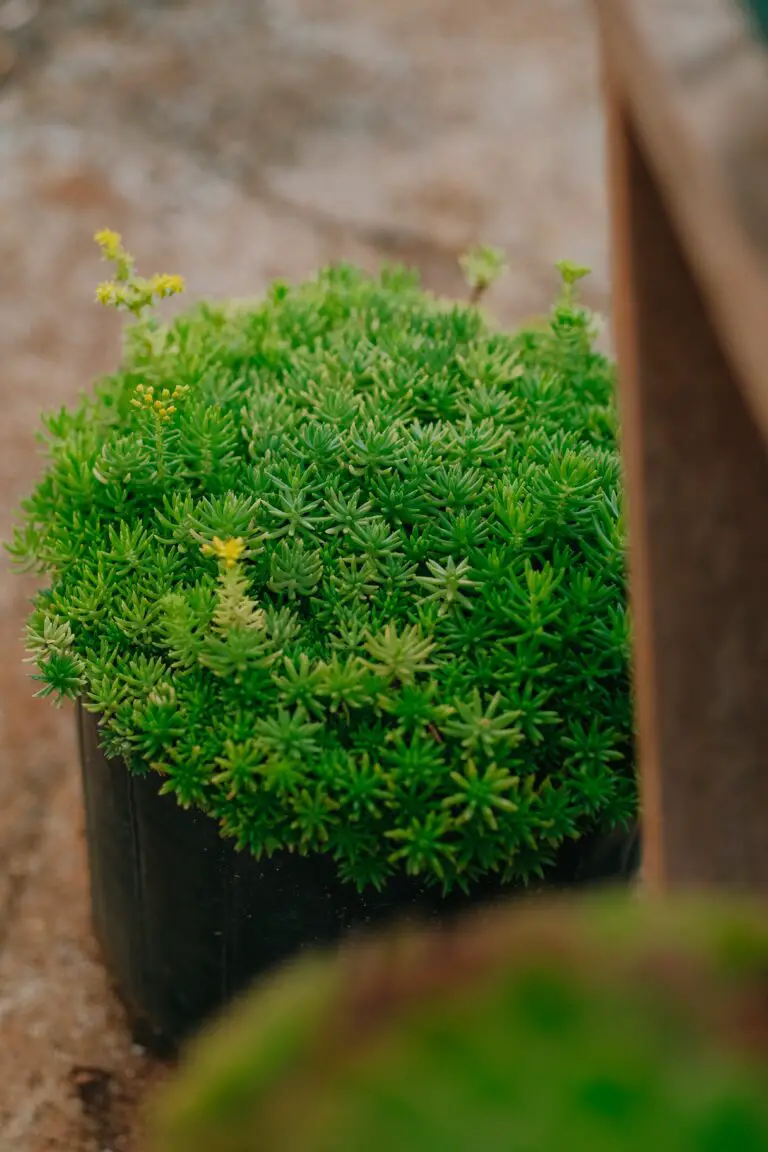
Here’s a real-life snippet: My neighbor’s once unruly flowerbed is now a testament to strategic sedum selection. We chose a mix of ‘Blue Spruce’ and ‘Coral Carpet’ which now live in aesthetically pleasing coexistence, rather than a territorial tug-of-war. It’s a peaceful cohabitation that even the bees and butterflies endorse!
Last but not least, ‘Coral Carpet’ wows with its seasonal color transformation. During summer, its soft, salmon-pink blossoms light up the green tapestry. As the mercury drops, the leaves turn a warm, rosy hue—a captivating autumn display that doesn’t require conquering new territory to catch the eye.
So, when planting sedums, it’s crucial to match the variety to your garden’s narrative. Opting for the less aggressive sedums ensures your plot is more ‘shared garden party’ and less ‘botanical battlefield.’ Whether you’re looking for foreground foliage or a pop of color that respects boundaries, there’s a sedum variety that’s fit for the role. Select wisely, and your garden will thank you with a beautifully balanced composition!
Frequently Asked Questions
Are you noticing a certain toughness and tenacity in your garden greenery? Perhaps a patch of sedums is the culprit behind this botanical buzz. Let’s dive into the inquiries that garden enthusiasts like you often ponder about these robust residents.
How Do I Know if My Sedums are Invasive?
First off, it’s critical to recognize that ‘invasive’ is a term that doesn’t quite fit our sturdy succulent friends. It conjures up visions of greenery gone wild, but sedums, with their dense mats and vibrant blooms, are better described as ‘enthusiastic spreaders.’ Think of them as the garden party guests who bring life to the event but know when it’s time to leave.
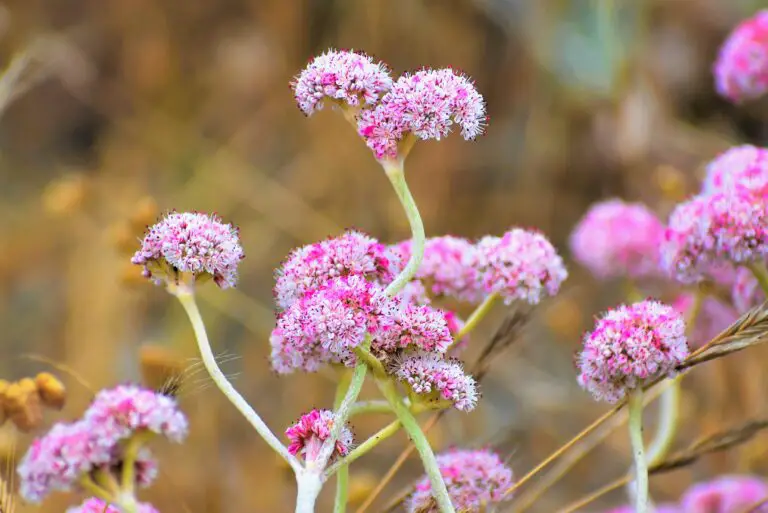
Will Sedums Overpower Other Plants in My Garden?
While sedums are indeed vigorous, they are generally good-natured neighbors in the plant community. That said, we’ve all witnessed that one plant that spreads its leaves a bit too liberally. Real-life example: a gardener in Maine found their sedum ‘Autumn Joy’ coexisting happily with native flora, proving that with the right conditions and companions, sedums can play nice.
How Can I Keep Sedums From Taking Over?
Management is key. It’s like directing traffic; you want to keep everyone moving smoothly without any pile-ups. Regularly edging your sedum patches or even introducing barriers can help keep their zest for expansion in check. A simple snip and trim now and then, and voilà — your garden remains a diverse tapestry of textures and hues.
Are There Eco-Friendly Ways to Manage Sedums?
Certainly! Consider ‘sedum-trimming day’ an opportunity to share the green wealth. Why not propagate those trimmed pieces to adorn another spot in your garden or gift them to a fellow green thumb? It’s an excellent way to repurpose and encourage sustainability in garden practices. By learning the nuances of these sturdy succulents, you’ll find that managing their spread is part nature’s dance, part careful choreography.
As we tend to our leafy companions, let’s remember that each plant brings its own character to the garden narrative. Sedums, with their resiliency and color, add a chapter filled with life and vitality — far from the invasive villains they’re sometimes mistaken for.


